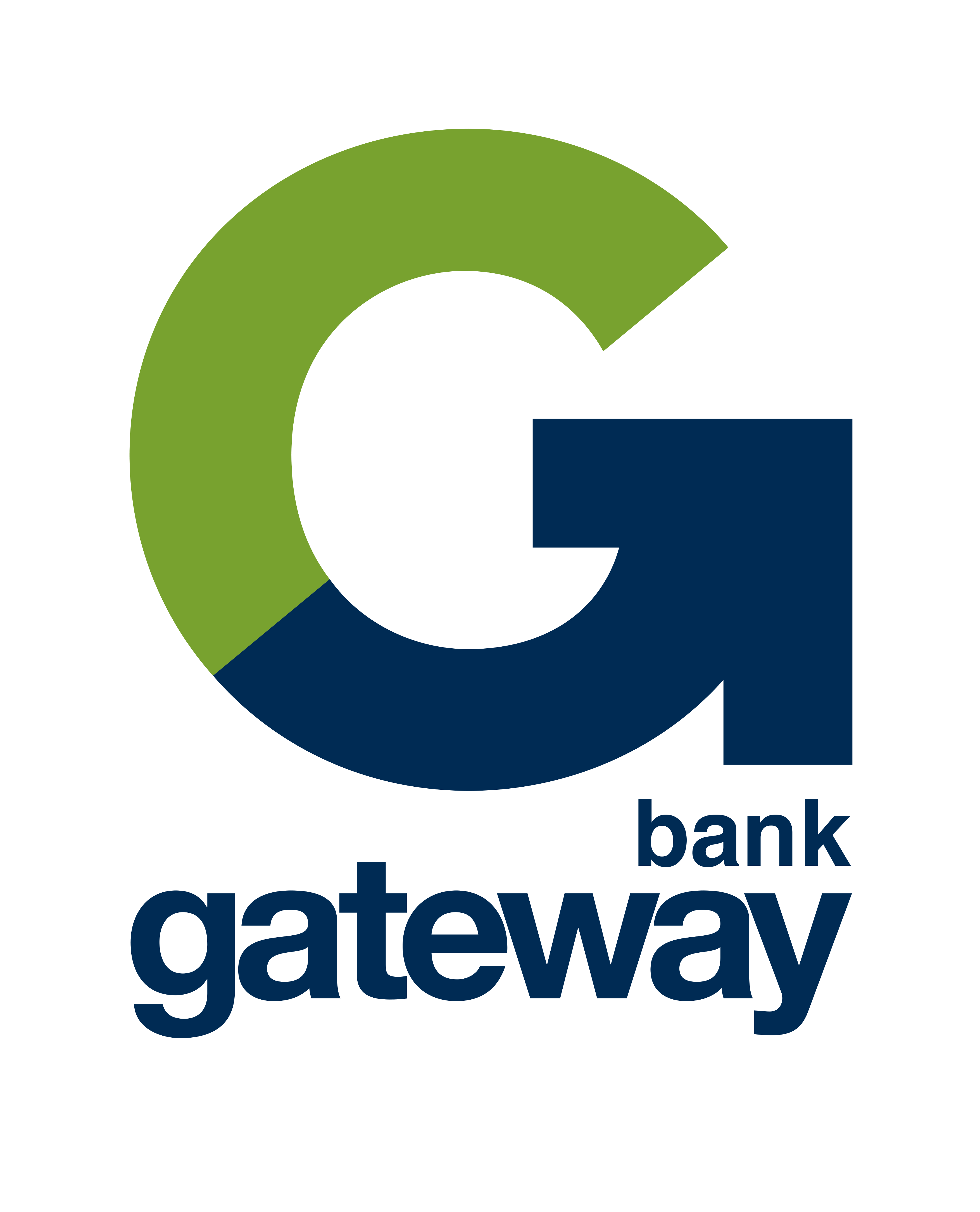Your guide to refinancing your home loan
Your circumstances may have changed since you took out your home loan which means your home loan and its features may not be the most suitable for you. In 2023, a significant proportion of Australian mortgage borrowers are set to see their historically low fixed rate home loans expire.
Following 10 consecutive interest rate rises from the Reserve Bank of Australia (RBA), these borrowers will move to a significantly higher variable rate or re-fix at a rate at least 3.00% points higher, meaning they will face a significant increase in loan repayments.
With significant competition in the home loan market, refinancing your home loan could help you find a lower interest rate to limit the impact of the changed market conditions. Refinancing could also help you find a loan with features that are better suited to your current circumstances.

Speak to your existing lender first
Make sure you speak to your existing lender before you start looking to refinance.
If you’re looking for a better rate, a product with different features or switching to or from a fixed loan, your current lender may be able to help meet your requirements. This will likely save you significant amounts of time, paperwork, and unnecessary costs. Any changes to your loan would happen significantly faster than switching to another bank, giving you quicker access to the features or savings you’re looking for.
What does refinancing your home loan mean?
Refinancing your home loan is the process of taking out a new home loan with a new lender to pay out your existing mortgage.
Refinancing with a new lender involves getting a new loan to pay out your current one. This is often done when a different lender has a more competitive interest rate or offers loan features that your existing lender doesn’t. You are essentially switching your current home loan balance to a new lender. The two lenders will organise the refinance and confirm when it’s completed, in which case you will then start making repayments to your new lender.

Potential costs involved with refinancing your home loan
Depending on the lender, there may be some fees associated with refinancing your home loan. These fees don’t apply to all lenders and all borrowers — it all comes down to the bank’s policies and your circumstances — but it’s important to be aware of potential costs that might pop-up.
If you are refinancing with your current lender, the costs including but not limited to may apply:
- Loan variation fees when changing the structure of an existing loan.
- Application fees may be applicable if you’re wanting to apply for additional credit.
- Fixed rate break costs if you’re breaking a fixed rate before it’s due to expire.
- Valuation fees as the lender may require an up-to-date valuation of your property.
- Documentation fees if new loan documents are required to be drawn up.
If you are refinancing to a new lender, it can involve costs to your current and new lender.
Potential costs you may pay to your current lender:
- Mortgage discharge fee to discharge the mortgage with your current lender.
- Legal costs with solicitors regarding your loan contract.
- Fixed rate break costs if you’re exiting a fixed rate loan before the term’s expiry to cover potential losses to your lender.
Your current loan contract should state the costs you will encounter if you payout your home loan.
Costs you may be required to pay to your new lender:
- Application fee
- Establishment fee to cover the administration costs of setting up the new loan.
- Property valuation fee to determine the property’s worth.
- Mortgage Registration Fee to register your new mortgage. Fees vary across each Australian state and territory.
- Package fees – an annual amount.
- Lenders Mortgage Insurance (LMI) – this isn’t transferrable between lenders; you will need to negotiate a new LMI payment if your home loan is greater than 80% LVR.
You should consider all fees payable when considering your options.
Also read the Terms and Conditions along with the loan product’s Target Market Determination to learn more about the loan product and whether it’s suited to you. Speak to a lending consultant at the lender or your mortgage broker when assessing loan options.

Does refinancing your home loan save you money?
It's important you do your own research or talk to a mortgage broker who can compare various home loans for you and highlight the benefits.
There may be reasons to refinance aside from the interest rate. Other reasons could include more flexibility or needing new loan features such as an offset account or the ability to make extra repayments. Non-product related drivers of switching could include being dissatisfied with customer service or the desire to bank with a lender which is more aligned to your values.
Before making the move, calculate how much you’ll save with your refinanced home loan and whether you can afford the associated costs like break fees, establishment fees, and switching fees.
We’ve also listed several factors to consider below.
Loan interest rate type
Do you want a variable, fixed or split loan? You may want to choose a fixed rate if you want certainty or are worried about future rate rises. A variable rate offers the benefit of a reducing rate if the lender moves rates downwards.
A split loan is when your home loan balance is split into different parts. For example, Tom and Jess borrowed $500,000 and decided to split the loan. They took out:
$300,000 Package loan with a variable rate of 5.25% p.a.
And,
$200,000 Package loan with fixed rate of 5.59% p.a. for 2 years
Each loan type has its pros and cons, so you need to evaluate what is best for you and your current and future circumstances.
Loan repayment type
Do you want to pay principal and interest or interest only?
When paying off a home loan you will be paying off the principal of your home loan (actual money borrowed) and interest on the money borrowed. Over time the loan amount will reduce until it’s paid off.
Interest only loans mean you only pay the interest on the amount borrowed, not the principal. The length of time for only paying interest depends on what you agree on with your lender although it is usually up to a maximum 5 years.
Offset and redraw facilities
Usually only available on variable rate loans. Both can reduce the interest payable on your loan.
Lenders Mortgage Insurance (LMI)
If you need to pay LMI, monthly or capitalise into the loan, you’ll need to consider the impact of LMI costs on your home loan.
Cash back offers
The market is awash with seemingly amazing cash back offers. It’s also easy to get swayed by lump sum cash back offers - whilst the cash is appealing, you should consider whether a lower rate product without a cash back offer will see you better off in the long run. When considering a cash back offer, take a close look at:
- The home loan interest rate offered with the cash back.
- Minimum loan amount required to be eligible.
- The Loan to Value (LVR) ratio – amount of loan as a percentage of the property price.
- The rate type – fixed, variable or split. Principal and interest or interest only.
- The home loan type – owner occupied or investor.

Refinancing glossary of key terms
Offset Account
An offset account is a transactional account that is linked to your home loan. Any balance in this account is offset against an equivalent portion of your home loan balance and generates an interest reduction on your loan.
Redraw Facility
A redraw facility allows you to make additional payments, without penalty, to your loan. Generating an interest reduction on your loan and allowing you access to the funds should you need.
Split Home Loan
Splitting your home loan balance allows you to have separate variable rate and fixed rate accounts.
Interest Rate Lock
Only available on fixed rate loans, they allow you to lock in a fixed rate for 90 days. Note: Fees and charges apply.
Ability to make additional repayments
Make extra repayments to your home loan to help pay off your loan faster and reduce the total interest payable.
Lenders Mortgage Insurance (LMI)
LMI is insurance that protects the lender, not you. It’s usually a one-off payment made by the borrower at the time of loan settlement, which can be capitalised into the loan, however some lenders offer a monthly premium which enables you to pay the LMI monthly.
LMI is a type of insurance you can expect to pay if you borrow more than 80% of your home’s value. If this is the case, the lender will help source the insurance for you. The cost of LMI will depend on a range of things including your lender, your location, and the size of your deposit. You can save on LMI by saving a bigger deposit.
Loan to Value (LVR) ratio
Amount of your home loan as a percentage of the value of your home loan. For example, 80% LVR means you will be borrowing 80% of the property’s value.
Fixed Home Loan Rate
A fixed interest rate is an interest rate that is fixed for a specific term, usually 1,2 3, 4 or 5 years. When the term expires, you will revert to a variable rate unless you opt to a select a new fixed term.
Variable Home Loan Rate
Variable rate home loans mean the lender could change the rate up or down at any time (while respecting legal notice periods). Interest rates can be impacted by a range of factors such as the RBA cash rate, market conditions and cost of funds.
Principal and Interest
When paying off a home loan you will be paying off the principal of the loan (actual money borrowed) and interest on the money borrowed. Over time the loan amount will reduce until it’s paid off.
Interest Only
Interest only loans mean you only pay the interest on the amount borrowed, not the principal. The length of time for only paying interest depends on what you agree on with your lender although it is usually up to 5 years.
Target Market Determination (TMD)
A document outlining the features of a product, who it is suitable for, how it is distributed and what circumstances will result in undertaking a review of the TMD.





